Last week when i was photographing the beautiful autumn colours I happened to see some of the more common birds in Tuggeranong Town Park.
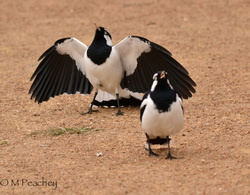
I had never seen a male Magpie lark (pee wee) posturing to another male before. I wonder if it is a territorial thing.
Can you tell the difference between the male and female pee wee?
The female is on the left (below) and the male is on the right.
Can you tell the difference between the male and female pee wee?
The female is on the left (below) and the male is on the right.
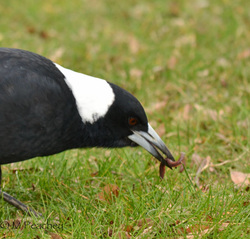
The magpies were feeding. Check out this lovely worm.......
The female magpie is on the left and the male on the right. Check out
the nape of the neck, the male is snowy white and the female shows
some grey.
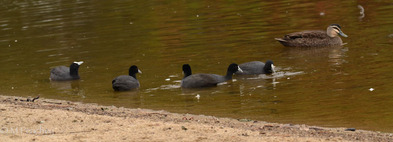
Being at the lake of course there were water birds. I saw Eurasian coots, Black Pacific ducks, Wood ducks, Dusky moorehens and Purple Swamphens. there was also a Black swan
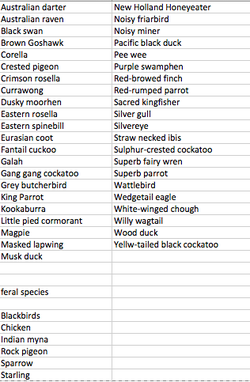
I asked my students to make a list of birds in their suburb or travels around Canberra, and this is what they came up with: 43 native species and 6 feral species. Good job!
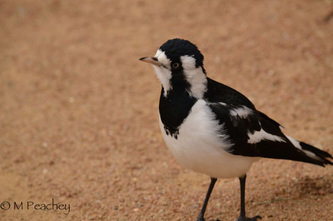
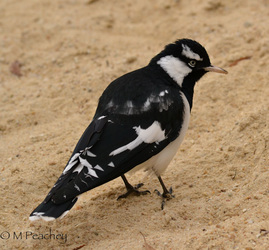
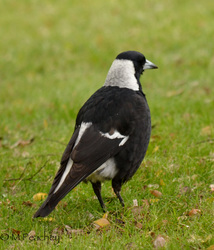
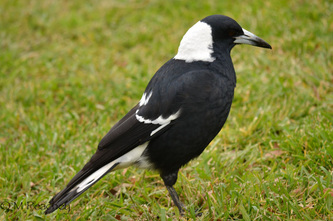
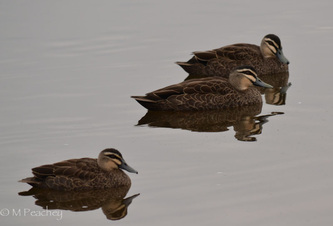
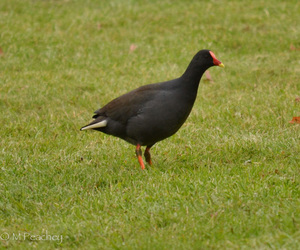
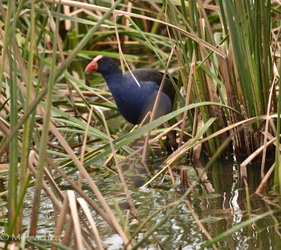

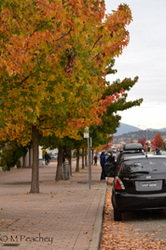
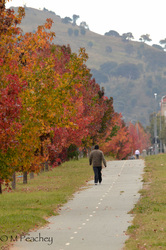
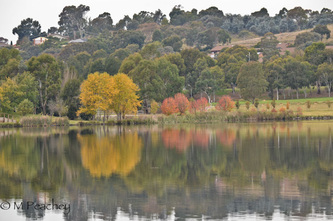
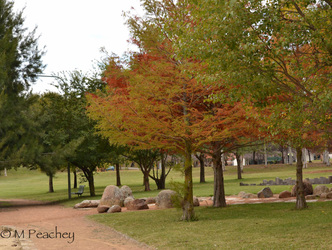
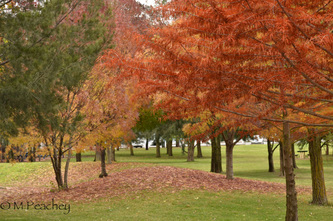
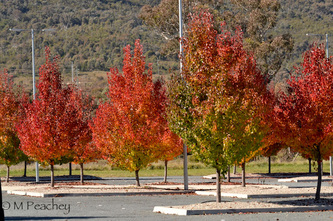
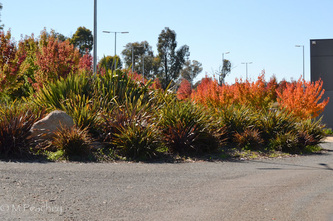
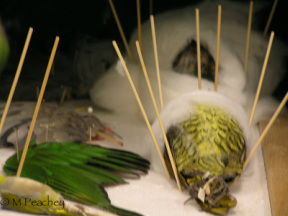
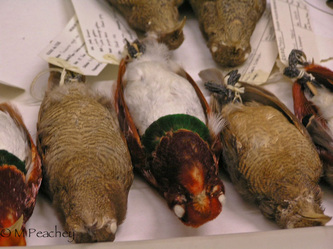
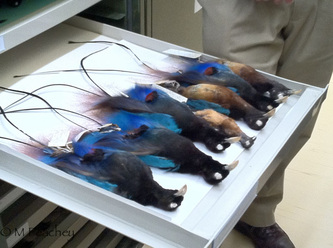
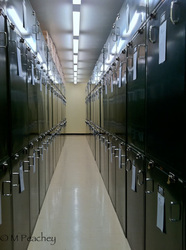
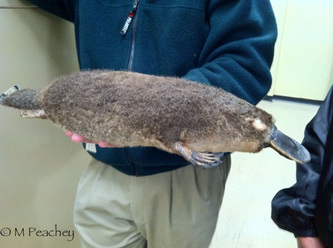
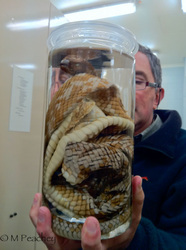
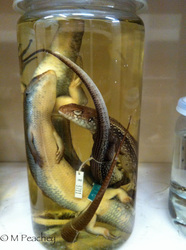

 RSS Feed
RSS Feed